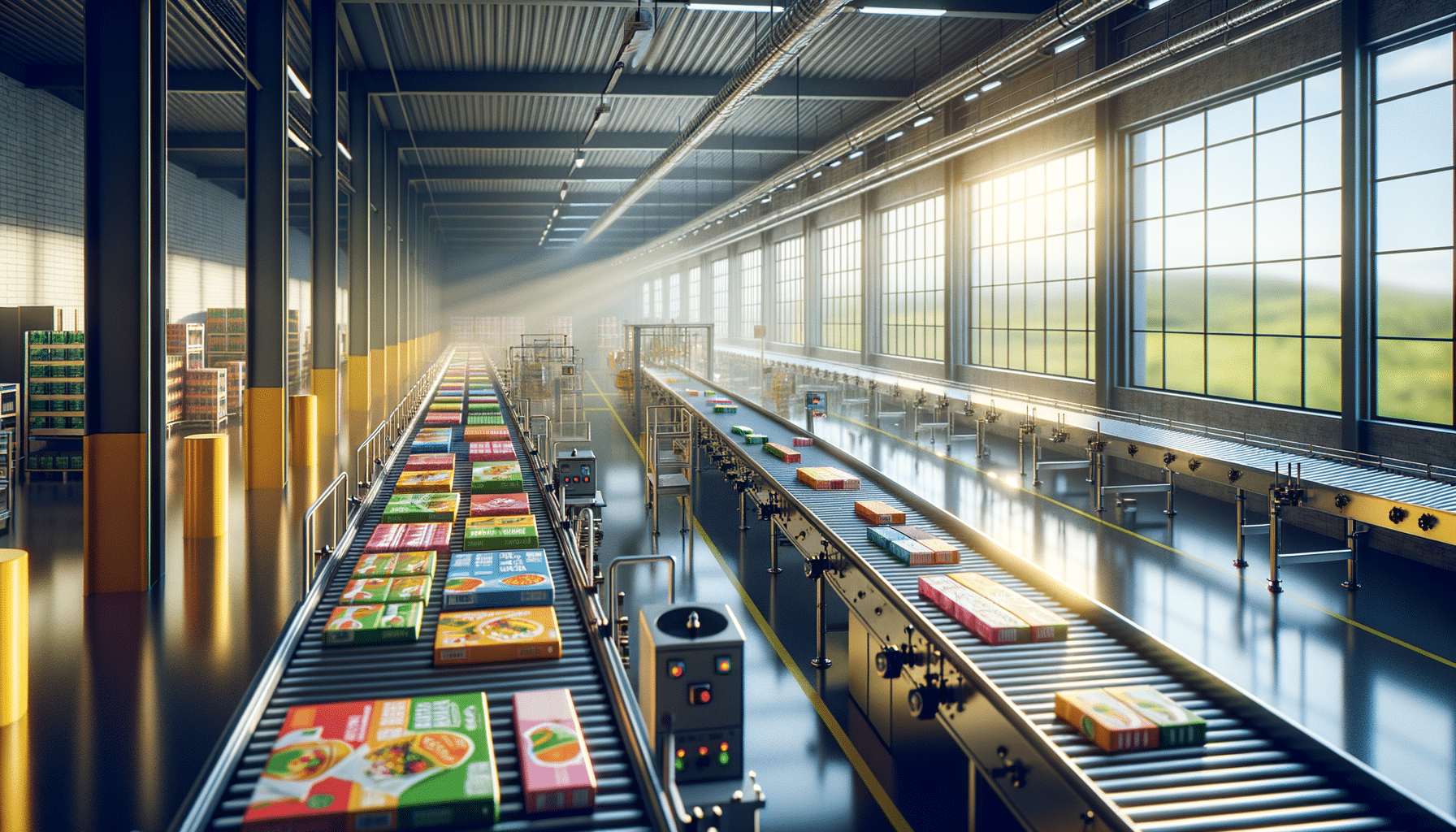
Exploring Opportunities in the Food Packaging Industry
Introduction to the Food Packaging Industry
The food packaging industry is a cornerstone of the global supply chain, ensuring the safe and efficient distribution of food products. This industry is not only vital for preserving the quality and safety of food but also plays a crucial role in marketing and branding. With the growing demand for packaged foods, especially in urban areas, the industry has expanded significantly, offering a plethora of opportunities for innovation and employment.
Food packaging serves multiple purposes, including protection, convenience, and communication. It helps in extending the shelf life of products, thereby reducing food waste. Moreover, packaging is a key component in attracting consumers, with designs and materials often influencing purchasing decisions. As such, the industry is constantly evolving, driven by technological advancements and changing consumer preferences.
In this article, we will delve into the various aspects of the food packaging industry, exploring its impact, the challenges it faces, and the future opportunities it presents. We will examine how sustainability is becoming a driving force in packaging innovations and how companies are responding to the increasing demand for eco-friendly solutions.
The Role of Innovation in Food Packaging
Innovation is at the heart of the food packaging industry, driving its growth and adaptation to new challenges. Technological advancements have led to the development of smart packaging solutions that enhance product safety and quality. These innovations include active packaging, which interacts with the food product to extend its shelf life, and intelligent packaging, which provides information about the condition of the food.
Moreover, the integration of digital technologies has enabled the creation of packaging that can communicate with consumers. QR codes on packaging, for example, can provide detailed product information, including nutritional content and origin. This not only enhances transparency but also builds trust between brands and consumers.
Innovation is also evident in the materials used for packaging. Biodegradable and compostable materials are gaining popularity as companies strive to reduce their environmental impact. These materials, derived from renewable sources, offer a sustainable alternative to traditional plastics. As consumer awareness of environmental issues grows, the demand for such eco-friendly packaging solutions is expected to rise.
Sustainability in Food Packaging
Sustainability has become a key focus in the food packaging industry, driven by increasing environmental concerns and regulatory pressures. Companies are under growing scrutiny to reduce their carbon footprint and minimize waste. As a result, there is a significant shift towards sustainable packaging solutions that align with the principles of a circular economy.
One of the main strategies for achieving sustainability is the reduction of packaging materials. Lightweight packaging not only reduces material usage but also lowers transportation costs and emissions. Additionally, the use of recycled materials is becoming more prevalent, as it helps in conserving resources and reducing landfill waste.
Another important aspect of sustainability is the recyclability of packaging. Companies are investing in research and development to create packaging that can be easily recycled, thereby closing the loop in the packaging lifecycle. Consumer education also plays a vital role in this process, as informed consumers are more likely to participate in recycling initiatives.
Challenges Facing the Food Packaging Industry
Despite its growth and innovation, the food packaging industry faces several challenges that require strategic solutions. One of the primary challenges is balancing the need for durable packaging with environmental sustainability. While consumers demand packaging that protects food and maintains its quality, there is also a strong push for reducing environmental impact.
Regulatory compliance is another significant challenge. With governments around the world implementing stricter regulations on packaging materials and waste management, companies must navigate a complex landscape of compliance requirements. This includes adhering to food safety standards and ensuring that packaging materials are safe for consumers.
Additionally, the industry must address issues related to supply chain disruptions, which can affect the availability of raw materials and impact production timelines. The COVID-19 pandemic has highlighted the vulnerabilities in global supply chains, prompting companies to rethink their sourcing strategies and invest in more resilient supply chain models.
Future Opportunities in Food Packaging
The food packaging industry is poised for continued growth, with numerous opportunities for innovation and expansion. As consumer preferences evolve, there is a growing demand for personalized packaging solutions that cater to individual needs and lifestyles. This includes packaging for single-serve portions and on-the-go consumption, which are becoming increasingly popular.
Moreover, the rise of e-commerce presents new opportunities for the industry. With more consumers shopping online, there is a need for packaging that ensures the safe delivery of food products while minimizing waste. This has led to the development of packaging solutions that are both protective and sustainable, such as reusable and returnable packaging.
Finally, the integration of technology into packaging is expected to continue, creating opportunities for enhanced consumer engagement and brand differentiation. From augmented reality experiences to packaging that monitors product freshness, the possibilities are vast and exciting. As the industry embraces these innovations, it will continue to play a pivotal role in shaping the future of food distribution and consumption.


